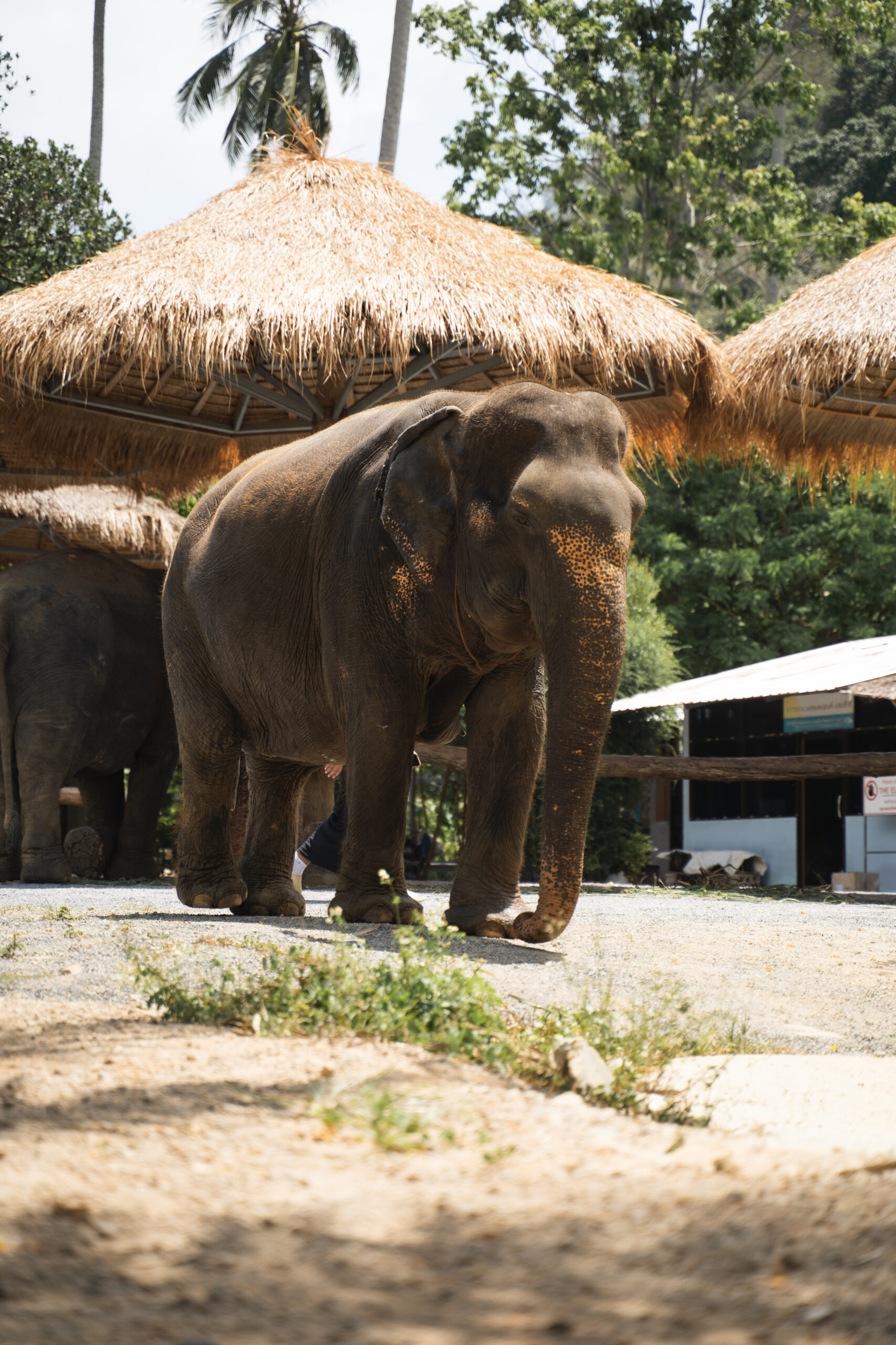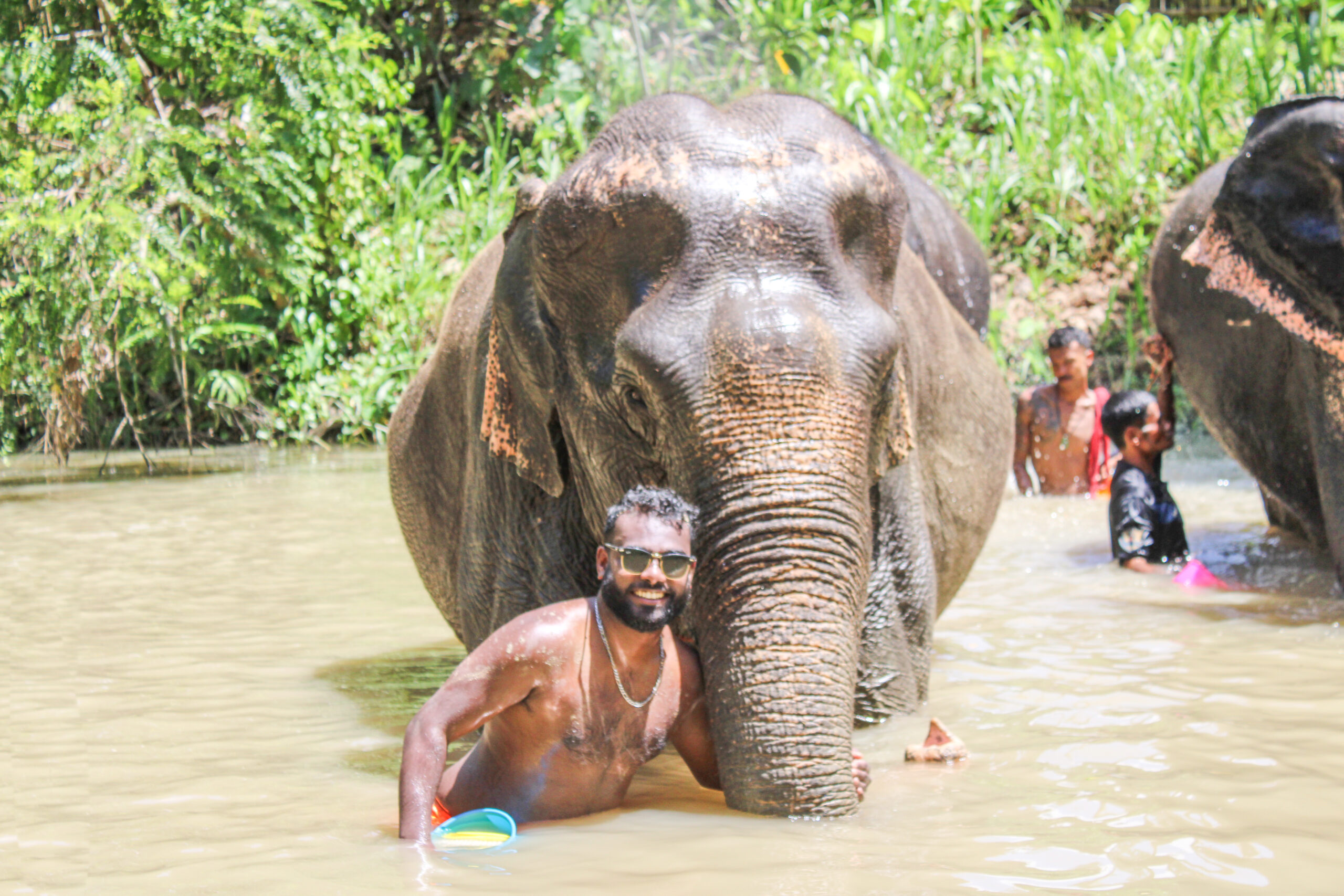Which element of the construction of the captive elephant environment is it?
Captive elephants need an environment that meets their physical, social, and psychological needs. Learn about the key components of an ideal captive elephant enclosure, including size, terrain diversity, water features, enrichment structures, vegetation, social interaction, environmental enrichment, shade, shelter, and safety measures.
The environment structure for captive elephants should aim to provide a suitable and enriching habitat that meets their physical, social, and psychological needs. Here are some key components of an environment structure for captive elephants:
- Enclosure Size: Elephants require spacious enclosures that allow them to roam, explore, and engage in natural behaviors. The enclosure size should be large enough to accommodate the elephants’ physical size and provide ample room for movement and exercise.
- Terrain Diversity: Incorporate a variety of terrains within the enclosure, such as grassy areas, sand, mud, rocks, and trees. This diversity allows elephants to engage in natural behaviors like foraging, dust bathing, scratching against rough surfaces, and climbing.
- Water Features: Provide access to pools, ponds, or other water features that allow elephants to bathe, swim, and cool off. Water is not only essential for hydration but also plays a vital role in their natural behaviors and overall well-being.
- Enrichment Structures: Install structures like scratching posts, sturdy trees, or platforms that allow elephants to engage in natural behaviors and exercise their muscles. Enrichment structures provide mental stimulation and encourage physical activity.
- Vegetation and Browse: Plant a variety of trees, shrubs, and other vegetation within the enclosure to mimic the natural environment. This provides opportunities for elephants to browse, graze, and interact with plant material, which is crucial for their nutritional and behavioral needs.
- Social Interaction: Elephants are highly social animals and thrive in the company of others. Whenever possible, ensure that elephants are housed in groups, taking into consideration their social dynamics and compatibility. Social interaction promotes their well-being and allows for natural behaviors like communication, play, and cooperation.
- Environmental Enrichment: Implement a robust enrichment program that includes a variety of stimuli, such as puzzle feeders, scent trails, novel objects, and sensory experiences. Enrichment promotes mental stimulation, prevents boredom, and encourages natural behaviors.
- Shade and Shelter: Provide ample shade and sheltered areas within the enclosure to protect elephants from extreme weather conditions, including excessive heat, rain, and cold. This allows elephants to seek comfort and take refuge as needed.
- Safety Measures: Ensure the enclosure is designed with appropriate barriers and fencing to prevent escapes and protect both elephants and visitors. Regular safety inspections and maintenance should be conducted to address any potential hazards.
It’s important to note that the specific design and structure of the environment for captive elephants may vary depending on factors such as climate, available space, resources, and individual elephant needs. The well-being and welfare of elephants should always be the primary consideration when creating their captive environment.





